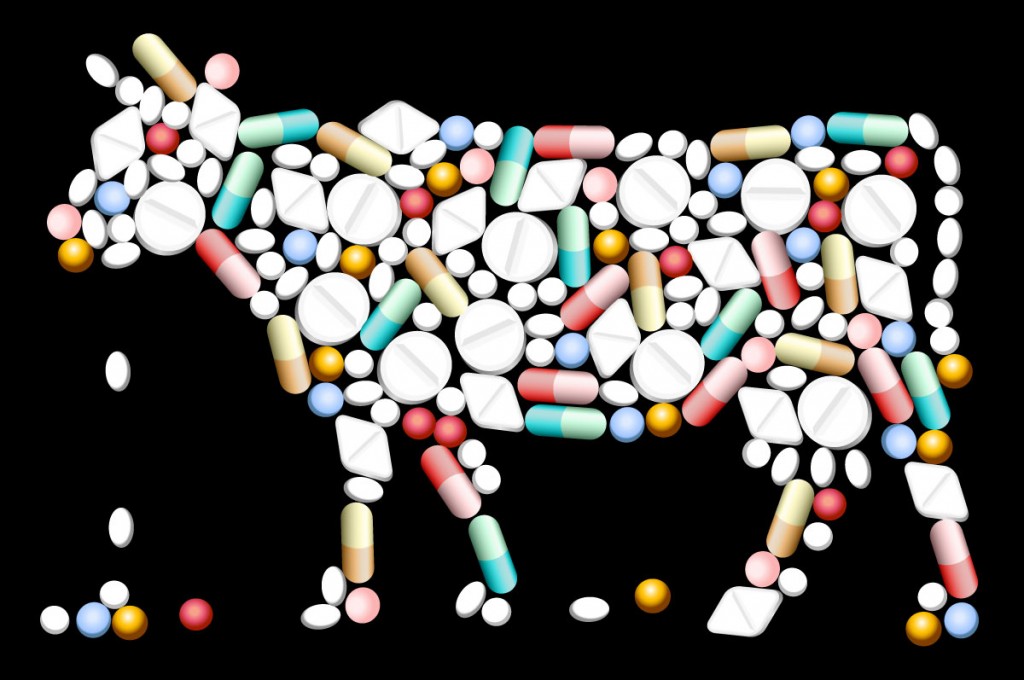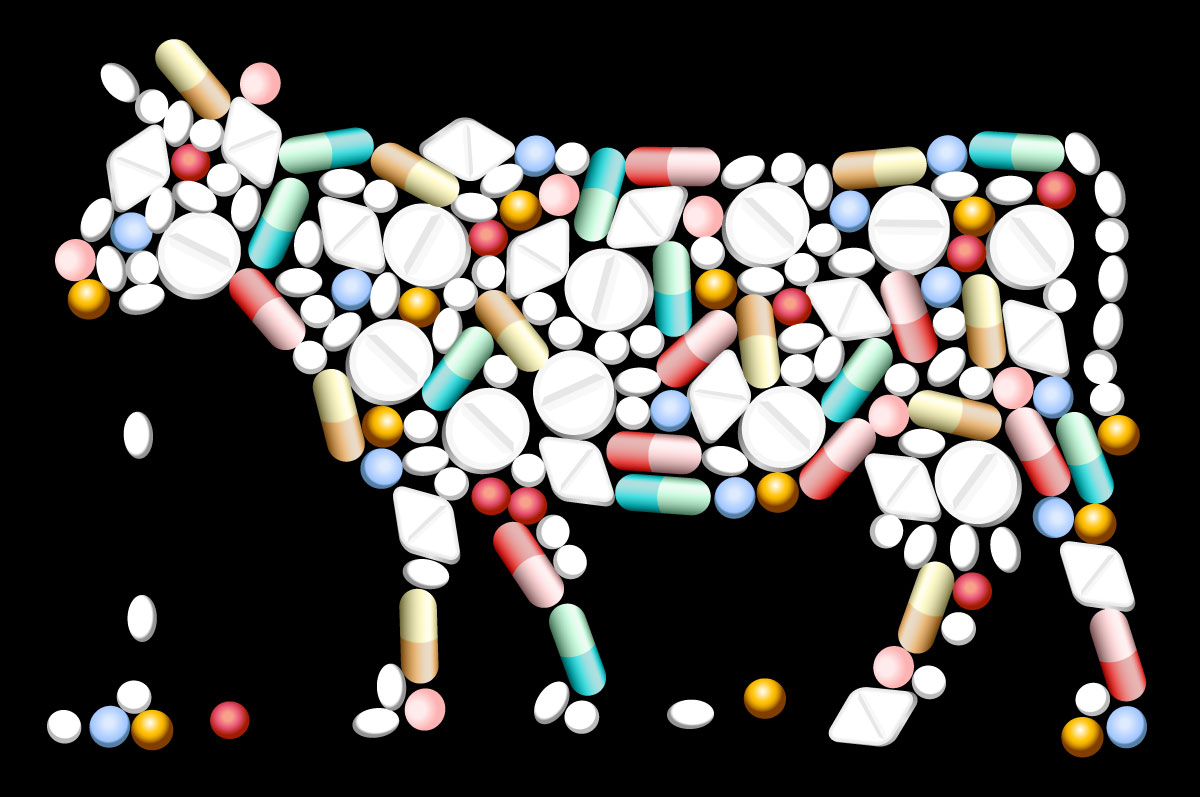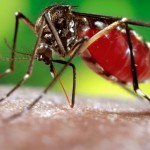
According to infectious disease specialist Dr. Judy Stone, in a statement made to Forbes magazine, “Agricultural use of antibiotics is by far the greatest threat to us, promoting drug resistance on a grander scale than hospital use.” She goes on to advise, then, “We must get all countries to agree to eliminate colistin and carbapenem antibiotics, in particular, from animal use. They are our last-ditch antibiotics at a time when there is little drug development.”
And so, this new awareness has also contributed to a new mentality and new methodologies in the way we grow, preserve, and distribute food.
Or has it?
You may be shocked to hear this, but the United States Food and Drug Administration releases data, every year, regarding the sale of antibiotics used in animal farming (grown for food). This week, they released the report and, to the dismay of many, it shows that antibiotic use in food producing animals actually increased by 3 percent between 2013 and 2014. More importantly, use has increased, cumulatively by 23 percent since 2009.
While there is great concern, overall, studies show that heavy antibiotic use in agriculture and livestock contributes to antibiotic resistance, it is even more important to note how this effects our children.
According to the American Academy of Pediatrics antibiotic use in livestock can lead to drug-resistant and, more importantly, life-threatening infections particularly in children.
But the AAP also recognizes the quandary our country currently faces; because the demand on our agricultural industry requires farmers to use antibiotics or face potential threats to their crops and herds.
Study author Dr. Jerome A Paulson explains, “The fact remains that a number of studies show that low doses of antibiotics for poultry, pork, beef and other animal species do end up in getting (the animals) to market weight sooner than they otherwise would, which means farmers need to use less feed.”
Truly the shift needs to be more in regards to responsible antibiotic use, not just in our agricultural industry but also in the medical industry. Not might farmers be able to find ways to minimize antibiotic use, but doctors also need to find ways to treat disease without the use of broad-spectrum antibiotics as well.








